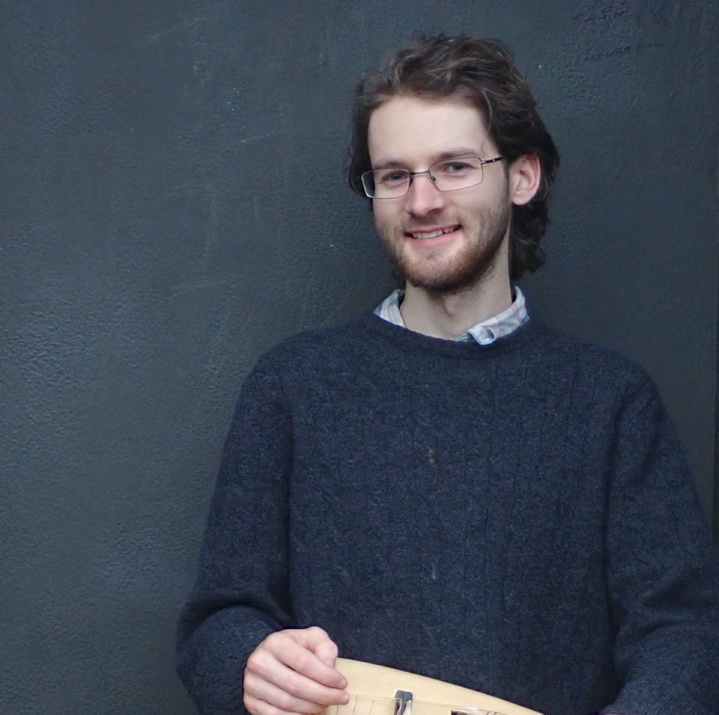The larger the gap between one major feedback loop and the next largest of any given stage of an activity, the more assumptions must be made about that stage.
Example: planing a hurdy gurdy top to thickness.
Tasks, feedback loops in order of duration (timings are approximate from memory):
- Every millimetre of planed wood, ≈150ms audible and physical feedback
- Every ≈1cm of planed wood, ≈500ms visual feedback loop seeing the shavings protrude from the plane (or not, which is equally valuable)
- Every ≈10cm of planed wood, ≈3s visual+physical+audible feedback loop of one complete shaving detaching
- Every ≈20cm of planed wood, ≈5s visual feedback loop seeing freshly planed surface, erosion of pencil marks
- Pause every ≈10 plane strokes, ≈20s physical feedback loop picking up the top and flexing
- Pause every ≈20 plane strokes, ≈1 minute precision visual feedback from re-measuring the thickness of the top with a caliper
The gaps between feedback loops become larger as the durations become larger, as do the assumptions which are made about the task at each level until the next feedback loop arrives. I suspect that experience level also affects both the value gained from each feedback loop, increasing the actor’s knowledge of the system and increasing the amount of time which can safely be left (i.e. the amount of assumption which is safe) before more feedback is required.
Two observations: the existence of vastly longer feedback loops of experience accumulating which affect the shape of existing loops, and that the smallest feedback loops are broadcast by the environment (audible feedback, physical resistance) but longer ones require active participation (testing the system).


 Sandeep Shetty
Sandeep Shetty Brett Slatkin
Brett Slatkin Aaron Parecki
Aaron Parecki